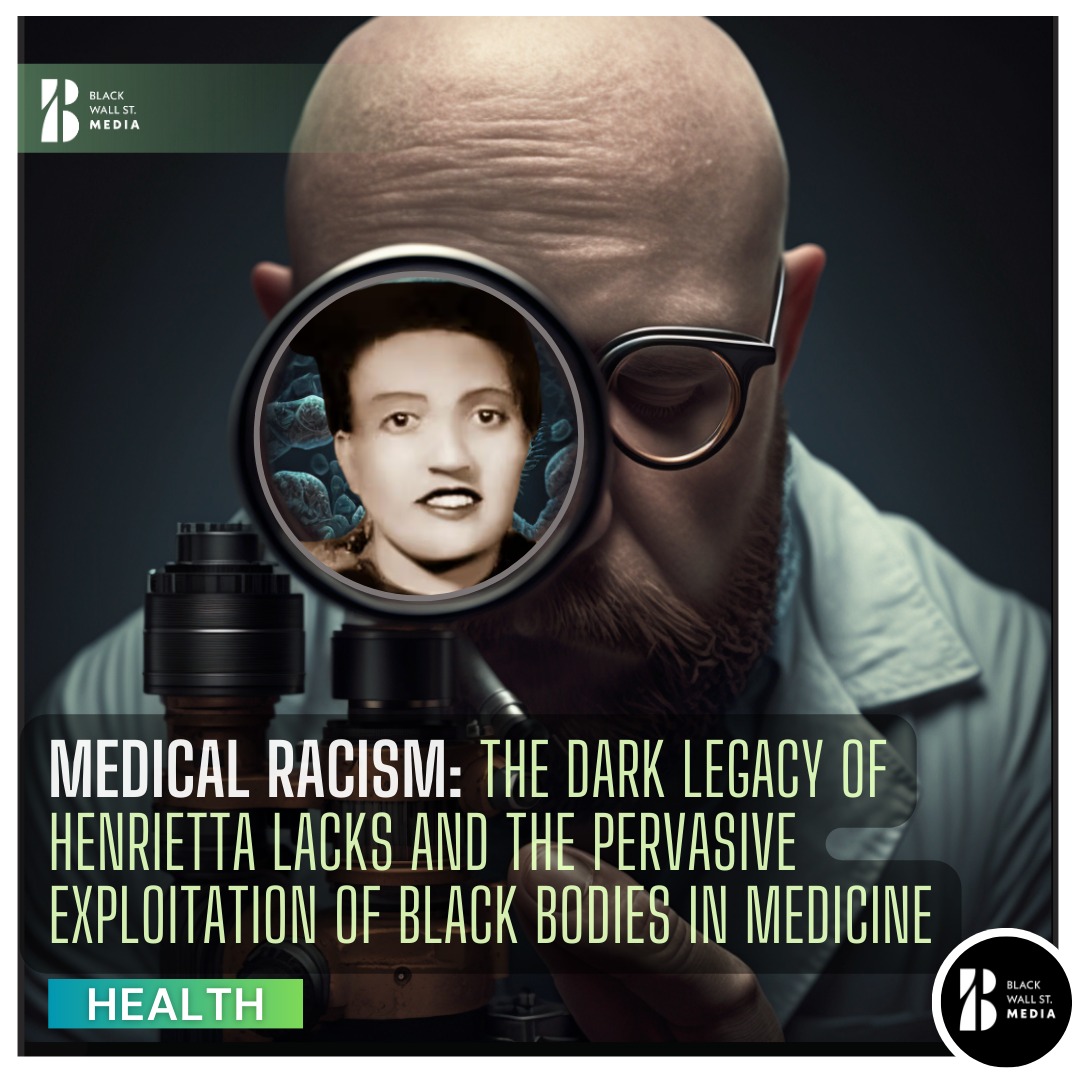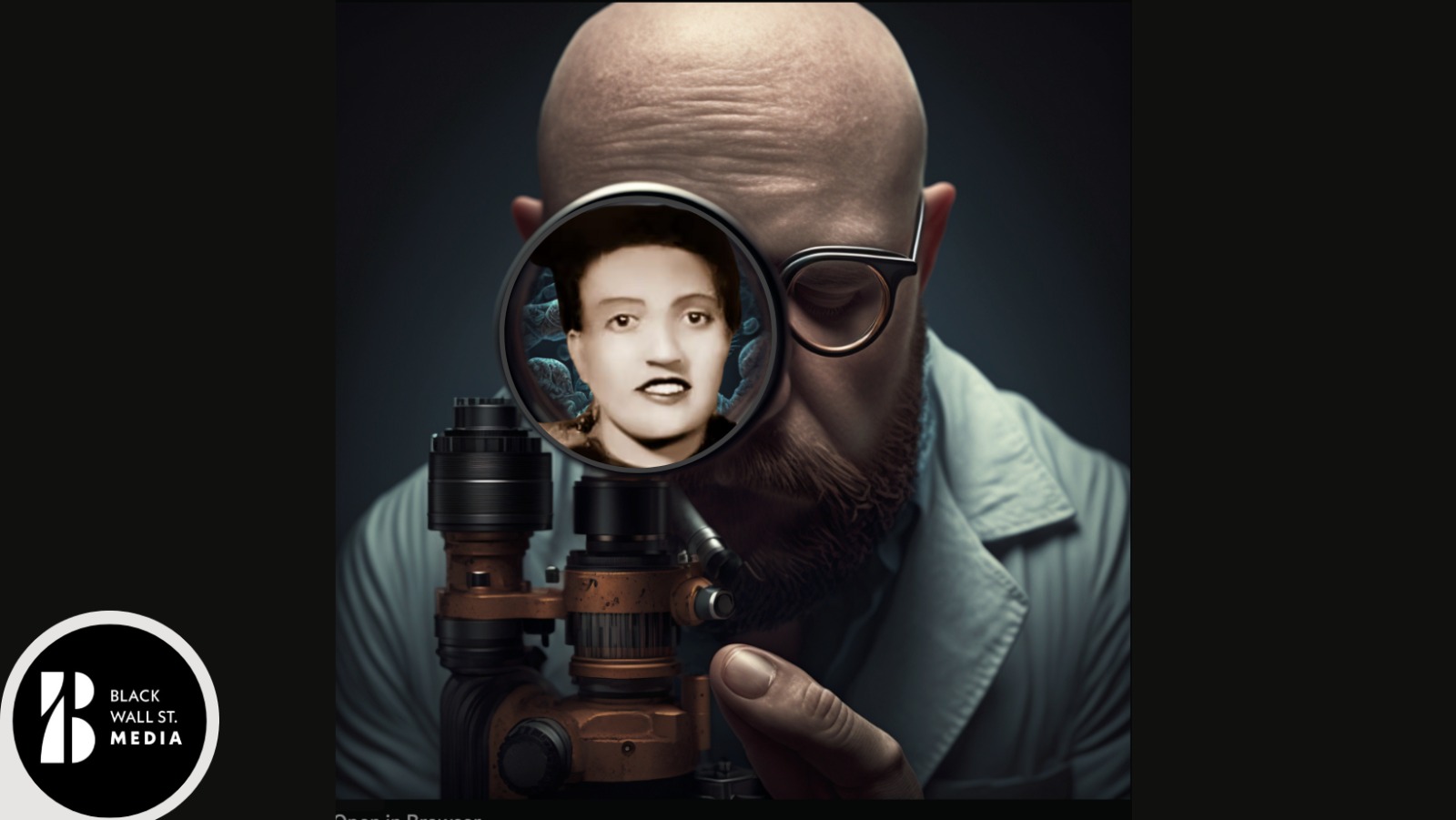Healthcare and Racial Injustice
The Legacy of Medical Racism: Beyond Henrietta Lacks
“Medical exploitation and intentional abuse of members of the Black community is an often overlooked part of Black history. But understanding the issue is critical in order to better analyze today’s mistrust of the medical profession by many in the Black community.”
Black Wall St. MediaContributor

When the saga of Henrietta Lacks’ stolen cells was exposed, it shed light on a grievous violation: the unauthorized appropriation of a Black woman’s cells for profit by Thermo Fisher Scientific Inc.
This case highlighted a history of racial exploitation spanning seven decades, a grim reminder of a systemically racist medical system.
While Henrietta Lacks’ HeLa cells have been monumental in revolutionizing medical science, her family neither gave consent nor received any compensation.
The monumental advancements achieved through her cells, such as the development of the polio vaccine and significant cancer research, occurred without the Lacks family’s knowledge or approval.
However, Lacks’ story is merely the tip of the iceberg.
Despite the recent declaration by the American Public Health Association labeling racism a public health crisis, a proper examination of historical anti-Black racism in the medical industry is still missing.
To fully understand the present distrust many Black individuals harbor towards the medical profession, it’s essential to delve into the historical exploitation they’ve endured.
Infamous instances include the Tuskegee experiment, which, under the facade of medical treatment, intentionally allowed syphilis to ravage Black men. Despite popular belief, the medical abuse extended further.
Harriet A. Washington’s book “Medical Apartheid” provides a comprehensive look at this widespread maltreatment.
As medical knowledge surged in the 18th and 19th centuries, grave robbing became a common way to obtain cadavers.
Predominantly, these stolen bodies belonged to the Black community. Historical records indicate that Black bodies were the primary occupants of dissection tables in places like New York City.
Furthermore, from the 1950s to 1970s, Dr. Albert M. Kligman exploited incarcerated Black individuals in Philadelphia, conducting dangerous experiments on them, such as exposing them to the toxic chemical in Agent Orange. To this day, the impacts of these experiments linger in the health of survivors.
Moreover, these injustices weren’t limited to male bodies. Many Black women, particularly those in state institutions, were forcibly sterilized without their knowledge or consent.
This painful history paints a vivid picture of the extent of medical abuse faced by the Black community.
Yet, these events from the past have repercussions that resonate today. Presently, Black women face higher mortality rates during childbirth, Black men have the shortest life spans, and the Black community, in general, confronts the shortest survival rates for many cancers.
Discrimination in the medical field persists, with Black individuals often being denied opportunities to participate in potentially lifesaving clinical trials.
A 2016 study further underlined the deeply entrenched racial biases in the medical field. Alarmingly, it revealed that some medical professionals believed that Black individuals felt less pain due to biological differences.
Such beliefs result in inadequate medical care, perpetuating systemic racism in healthcare.
In closing, unveiling the dark history of medical exploitation is not just about acknowledging past misdeeds but also ensuring that we don’t repeat them. By recognizing and confronting the systemic racism inherent in America’s medical past and present, society can work towards creating a more equitable future.
Black Wall St. MediaContributor












